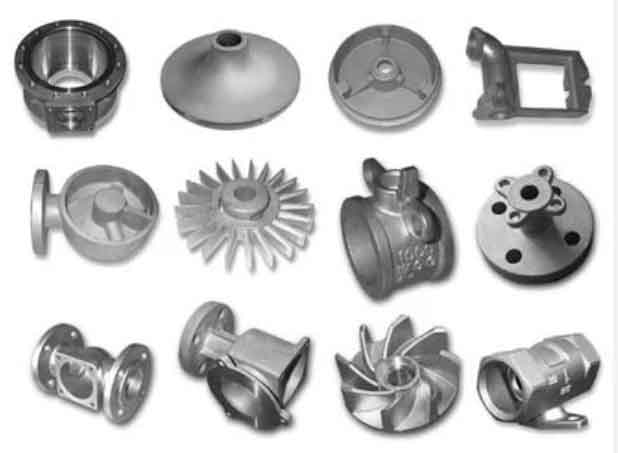Designing with ductile iron casting offers a range of benefits, including innovation and flexibility in engineering. Ductile iron, also known as nodular iron or spheroidal graphite iron, is a versatile material that exhibits excellent mechanical properties, making it ideal for a wide range of applications. Here are some key aspects to consider when leveraging ductile iron casting for innovative and flexible engineering designs:

- Material Properties: Ductile iron combines the strength and toughness of cast steel with the castability and cost-effectiveness of cast iron. Its unique microstructure, comprising graphite nodules dispersed in a ferritic matrix, provides exceptional mechanical properties, including high tensile strength, impact resistance, and good elongation. These properties make ductile iron suitable for applications where high load-bearing capacity and impact resistance are required.
- Design Flexibility: Ductile iron casting offers significant design flexibility due to its excellent fluidity during the casting process. Complex shapes, thin-walled sections, and intricate geometries can be achieved with relative ease. This allows engineers to create innovative designs that meet specific functional requirements while minimizing material usage, weight, and costs.
- Cost Efficiency: Ductile iron casting is a cost-effective manufacturing method compared to alternative processes like forging or fabrication. The material is readily available and has lower production costs, making it an economical choice for various applications. Additionally, its inherent strength allows for the design of lighter components, further reducing material and transportation costs.
- Durability and Wear Resistance: Ductile iron exhibits excellent durability and wear resistance, making it suitable for applications subjected to harsh environments, high pressures, or abrasive conditions. It can withstand heavy loads and impact forces without cracking or failing, ensuring long-term performance and reliability.
- Machinability and Surface Finish: Ductile iron is easily machinable, enabling the creation of intricate features and fine details with high precision. It can be drilled, milled, turned, and threaded using conventional machining techniques. Furthermore, ductile iron castings can achieve excellent surface finishes, reducing the need for additional surface treatments or finishing operations.
- Corrosion Resistance: Ductile iron can be enhanced with various coatings, such as epoxy or zinc, to improve its corrosion resistance. This makes it suitable for applications in aggressive environments or exposed to moisture, chemicals, or corrosive elements.
- Weight Reduction: Despite its high strength, ductile iron has a higher density than materials like aluminum or plastics. However, its exceptional mechanical properties allow for weight reduction compared to alternative materials like steel, without compromising performance. This can be particularly advantageous in applications where weight reduction is a key design objective.
- Joining and Assembly: Ductile iron can be easily joined using various methods such as welding, bolting, or adhesive bonding. This facilitates assembly and integration into larger structures or systems, providing further design flexibility.
When designing with ductile iron casting, engineers can leverage its unique combination of mechanical properties, cost efficiency, and design flexibility to create innovative and reliable components. It is crucial to collaborate closely with foundries and material experts to optimize the design, ensure manufacturability, and achieve the desired performance goals.
